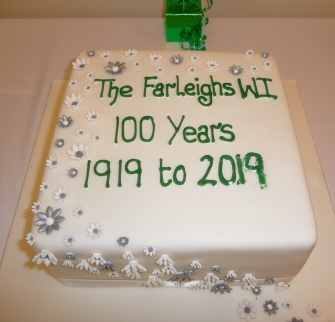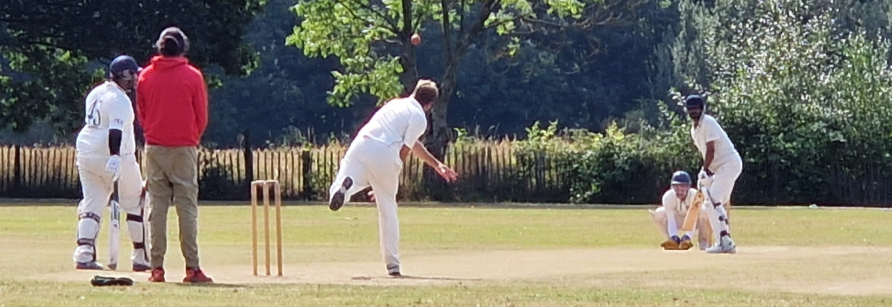LOCAL LINKS
Read LIFELINE
here (our village newsletter) and
the East Farleigh Grapevine!
West Farleigh Sports Club for football, cricket & great parties
All Saints church services...
...and hall for hire
Loads of useful contacts
Links along the valley: parishes, churches & halls
Follow us
on Facebook
Subscribe to our events email!
Village History
Listed in 1085 in the Domesday book as Ferlaga, the website "British History Online" suggests the name Farleigh is from Saxon times when it took its name from the passage across the River Medway since 'Fare' signified a journey or place and 'Lega' a place, i.e. the place of the way or passage.
The entry in the Domeday book notes that Ferlaga was given by Wlliam the Conqueror to his half-brother, Odo, Bishop of Baieux soon after 1066. The Bishop became "disgraced" in 1084 and Ferlaga was confiscated back to the crown prior to being given to Robert, son of Hamon de Crevequer who took part with the rebellious barons against the King at which point Ferlaga was again seized by the crown.
It appears to have remained in the hands of the crown until Edward l gave it to his queen, Eleanor, who in 1290 gave it to the priory of Christ Church in Canterbury in exchange for the port of Sandwich.
The parish continued as part of the possessions of the priory of Christ Church until the dissolution under King Henry Vlll in 1540 when it was again surrendered into the King's hands and he granted it to Sir Thomas Wyatt. However, Sir Thomas' son raised a rebellion in 1553 against Queen Mary and the parish once again was seized and the ownership was passed to her attorney general, Sir John Baker, in 1554.
The parish continued to be owned by their family until 1649/1650 when it passed into the ownership of Robert Newton, described as "grocer of London" who conveyed it to Augustine Hodges, described as "gentleman" who sold the parish to John Amhurst. "esq of East Farleigh Court Lodge" who by his will in 1711 devised it to his brother, Nicholas Amhurst, "gentleman of West Barming."
Currently the name change to West Farleigh has been difficult to date. A comment in British History Online states "West Farleigh, so called to distinguish it from the adjoining one of East Farleigh." Additionally the phraseology in older records alternates between 'manor' and 'parish' and it is therefore somewhat diffcult to determine whether more recent comments are about the village generally or a particular property.
The primary school which had one classroom was located on Lower Road and closed in 1976. One of its two teachers at the time was Miss Whittle, the daughter of Sir Frank Whittle, co-inventor of the jet engine. The village's post office and only stores at the top of Charlton Lane closed in 1986.
Illness & Disease
East Farleigh suffered a Chloera outbreak in 1849 and Maidstone had a Typhoid outbreak in 1897.
Read more about the events here.
Teston Bridge
Teston Bridge is built of coursed rag-stone with ashlar capping stones to the parapets. The bridge is narrow, only wide enough to permit traffic to pass in one direction at a time and the parapets feature pedestrian refuges continued up from the cutwaters on each side. It carries the B2163 road, which is crossed on the level by the Medway Valley Line just west of the bridge.
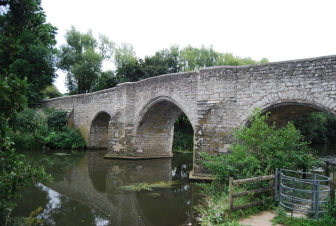
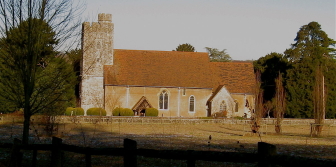
All Saints Chruch
The church was begun in the late 11th century or the 12th century with further work carried out in the 15th century. The church was restored in 1875 and is constructed of roughly coursed or uncoursed rag-stone with pebbledashed render to the nave and chancel. The roofs are plain tiled. It is a Grade I listed building.
Ewell Manor, Ewell Lane
Village manor house known to date from the mid 17th centuary. Rebuilt in 2014-2016.
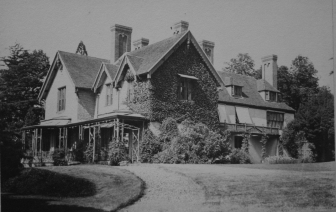
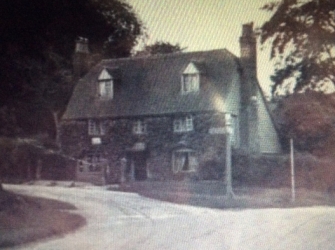
Dove Cottage, Ewell Lane
Dove Cottage was built in the early eighteenth century, it appears on a plan of Smiths Hall. It was then called Smith’s Cottage. All the buildings in that area were :”Smiths”. Smiths Hall, Smiths Croft, Smiths Oast, Smiths Farm etc. It belonged to the Estate of Smiths Hall.
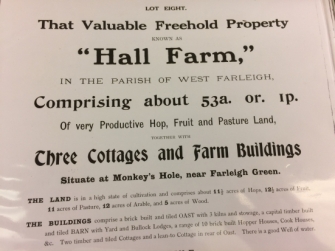
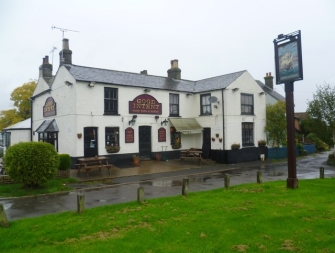
Good Intent, The Green
This Inn known by the name and sign of the Good Intent was built in part in the 13th year of the reign of George 11 in 1740, though the original structure has been altered and added to over the years.
Read more here...
Listed Buildings & Monuments
Hisotric England has numerous listed buildings and monuments in West Farleigh, some of them might surprise you.
Read on to find out more.
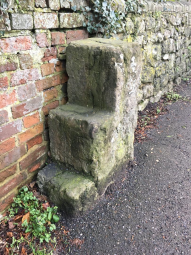
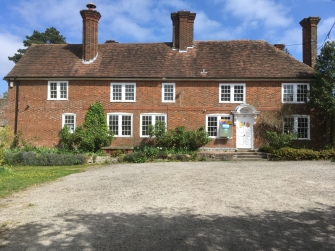
Elmscroft House
Elmoscroft House is a Grade 2 Listed wealden hall house on Charlton Lane.
To find out more about it, read here.
Tutsham Hall
Tutsham Hall, off either Hunt Street or Mill Lane, has a commanding view of the River Medway.
To read about its history, click here.

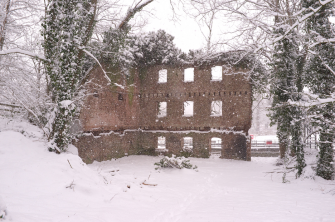
Coxheath Military Camp
Did you know that the nursery rhyme, The Grand Old Duke of York, is refencing a battle at Coxheath?
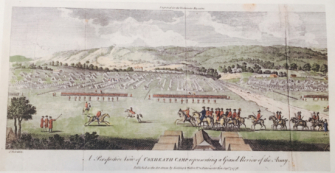
The Winch family and Princess Croy
The Winches were a prominent local brewing family. Colonel Aubery Winch was distinguished soldier. His daughter Primrose worked all over the world in the Foreign Office, and later married an Austrian prince, Alexander Croy, and became Princess Croy. They are buried side-by-side in All Saints churchyard.
Read more here.
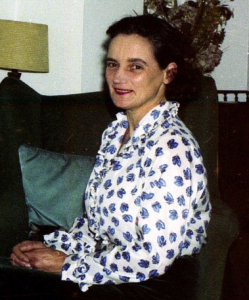
Census information and Village Trades
We have looked at the census information available for our village and found out some amazing information. Click here to discover more.....
The History the The Farleighs WI
The women from East and West Farleigh formed The Farleighs WI in 1919 and it is still active over 100 years later.
Find out more about it here.
